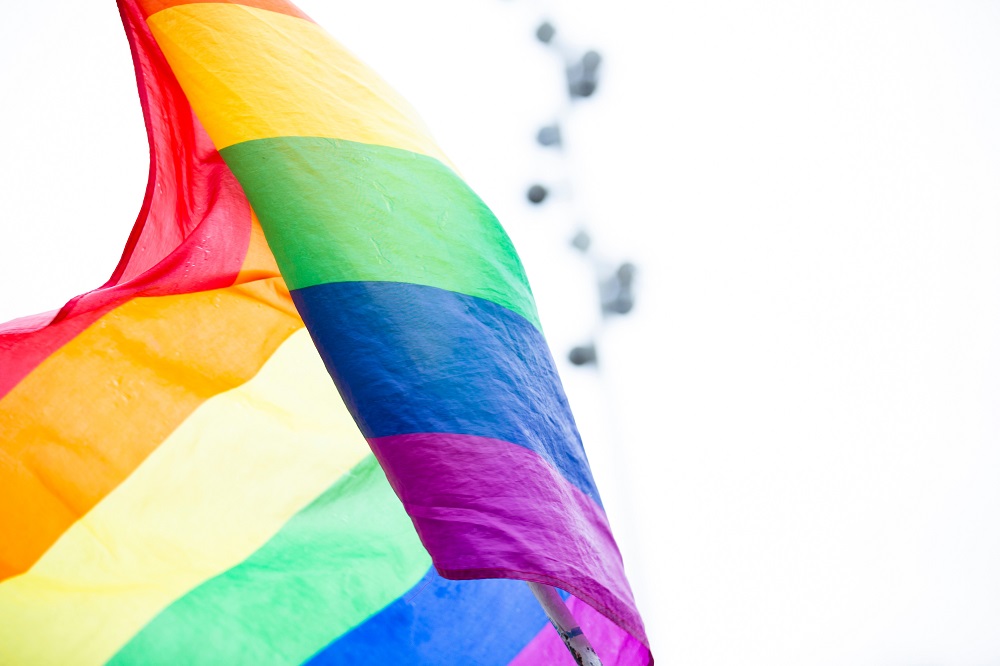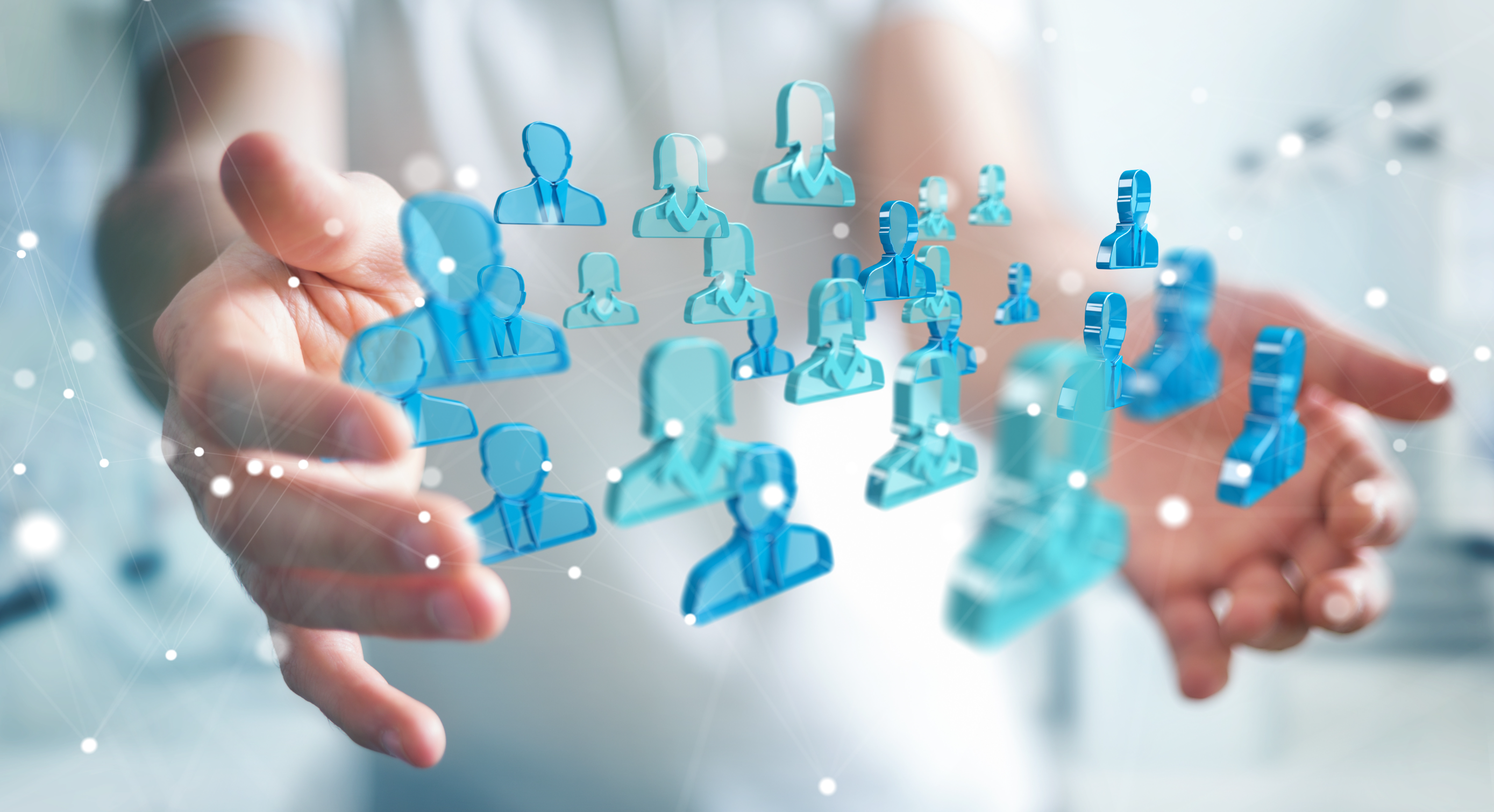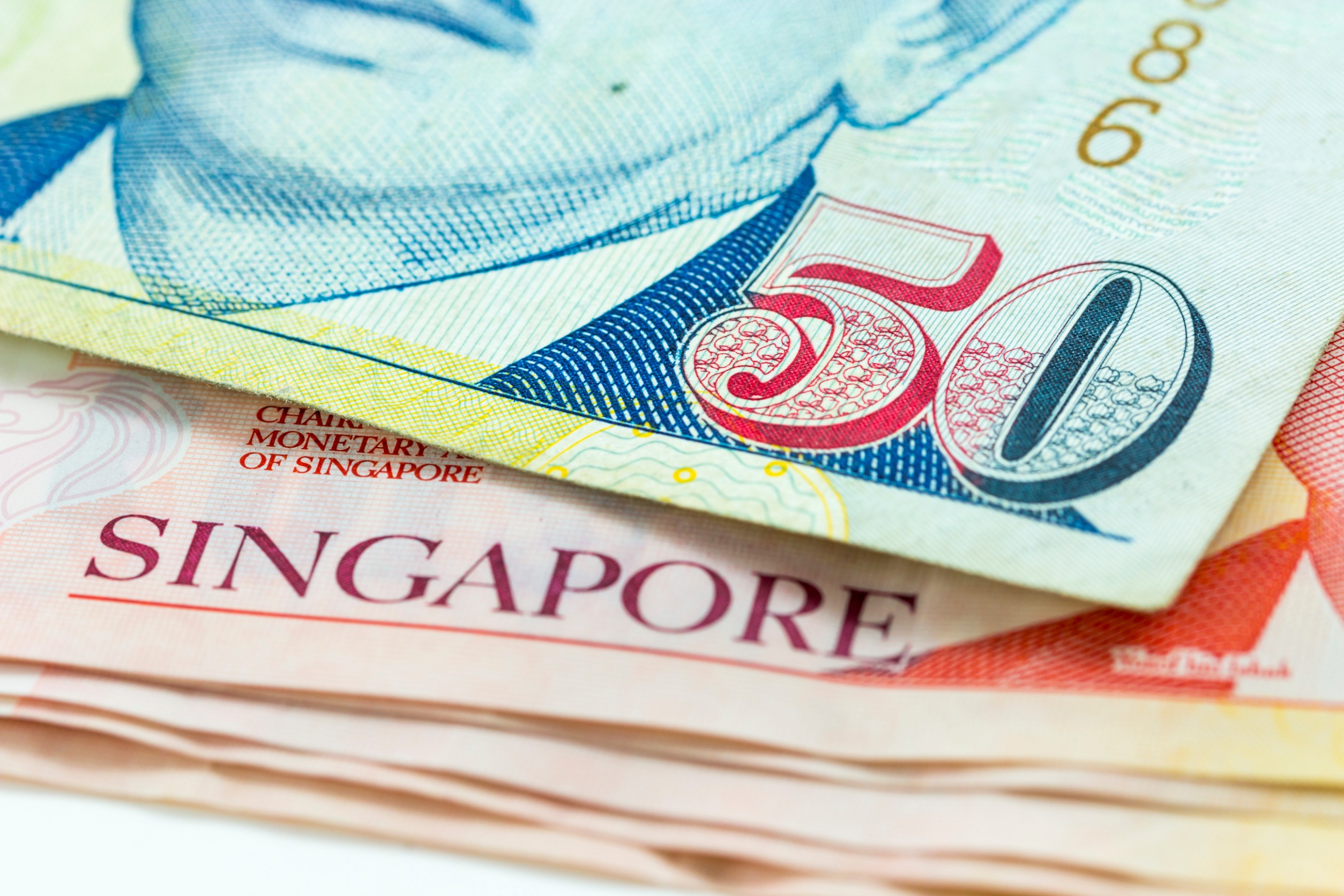How Kraft-Heinz got top marks for inclusion in the US

Earlier this year, the Kraft Heinz Co. celebrated a milestone: its first-ever perfect score on the Corporate Equality Index, which rates corporate policies and practices for Lesbian-Gay-Bi-Trans-and-Queer (LGBTQ) inclusion — a win that those involved in the campaign to secure that top ranking say reflects the power of collaborative, culture-focused transformation.
The annual CEI is produced by Human Rights Campaign, the nation’s largest LGBTQ-rights organisation. The report takes into account aspects such as nondiscrimination policies, corporate social responsibility, benefits and organizational competency in LGBTQ inclusion. Previously, Kraft-Heinz — which formed in 2015 after the merger of Kraft Foods and Heinz — scored an 80 on the CEI, a number that members of the company’s LGBTQ Business Resource Group, which launched in June 2016, wanted to improve.
“After two-and-a-half years of a lot of work — and some fun — we achieved the perfect 100,” says Dustin Isom, the chair of the LGBTQ Business Resource Group and a senior buyer at Kraft Heinz Co, who said he jumped at the chance to join the LGBTQ Business Resource Group when it was formed.
“Before Kraft Heinz, I was never ‘out’ at any company I worked for; this was my first experience in my career of being completely out and open at a company,” he says. “But what pushed me to do that was really the culture here and the vision of our Diversity and Inclusion (D&I) group. When I learned during onboarding what the company was planning to do in regards to D&I and what both companies had been doing in the past, I knew I wanted to be involved.”
After Kraft Heinz earned an 80 on its first CEI ranking as the newly merged company, members of the LGBTQ Business Resource Group, along with the D&I group — which is situated within the HR unit—got to work on pursuing a higher score.
One of the first changes ushered in was the creation of a gender-neutral restroom at the company’s Chicago headquarters and increased philanthropic work; the organisation has recently supported nonprofits like the AIDS Foundation of Chicago, Equality Illinois, and the Center on Halsted. Kraft Heinz developed and implemented guidelines for employees going through a gender transition, which Isom says have been rolled out to the company’s HR representatives across the globe. The company also revamped its supplier-diversity statement to emphasise LGBTQ inclusion; it works with a third-party vendor to measure its minority supplier diversity, and LGBTQ-owned businesses were recently added to those metrics as well.
“We want to make sure we’re aligned in regard to LGBT inclusion internally but also that we’re doing business with companies that are striving for the same goals as us,” Isom says.
Kraft Heinz Co. has also looked to embed LGBTQ inclusion in its recruitment practices. Isom says recruitment leads share information on the company’s D&I work at recruitment events, with a particular emphasis in college recruitment. Kraft Heinz has also worked with the team at Reaching Out MBA (ROMBA) — an association of LGBT MBA and graduate students and alumni — to help prepare them for career paths at Kraft Heinz, and this year is launching targeting recruitment ads in LGBTQ publications, such as in the brochure for the Chicago Pride Parade.
While members of the LGBT Business Resource Group, which now includes about 130 employees, were directly involved in the efforts to raise the CEI score, Isom says, their collaboration with HR was key.
“We needed to be aligned and making sure we were sharing the same messages, and we needed [HR’s] help rolling all of this out across the nation, to all of our manufacturing sites, all of our sales sites,” he says. As he developed the company’s responses for its CEI materials, Isom says, he worked closely with HR to cull details on benefits and other HR-related topics.
Being able to use the CEI scorecard as a baseline was also especially helpful, Isom adds.
“At the end of the day, it was important to have a playbook, and we built our playbook off the CEI survey. By using that, we were able to see where we needed to focus, where our strengths are and our weaknesses,” he says, noting organizations that want to improve their scores should remember that sweeping changes don’t have to happen overnight. “If you aren’t up to speed in a certain area, that’s OK. [HRC] will provide feedback and help you know what you have to get done and, as long as you’re on the path to completely executing that plan, you’ll still get points; you don’t have to be perfect.”
Enhancing LGBTQ inclusion is a continuous process, he adds. For Kraft Heinz, that journey this year will include expanded philanthropic outreach, such as through a number of volunteer events at LGBTQ organisations.
“We have great ideas and we’re prepared to have another great year, but there’s always more that we can do,” Isom says.
This story was written by Jen Colletta, and originally published on HRExecutive.com, HRM Magazine Asia’s sister publication in the US.



